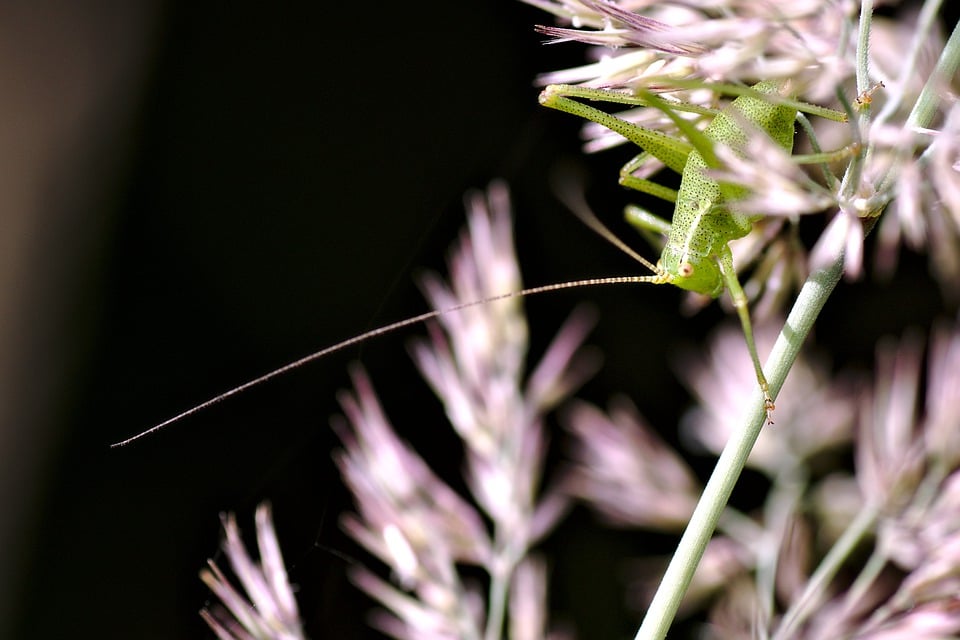As the warmth of spring and summer settles in, so does the onslaught of pesky insects. While bug sprays can provide relief from these nuisances, many commercial products contain harsh chemicals that could harm your family, pets, and the environment. Fortunately, nature holds the secrets to effective bug repellents that are both safe and easy to make at home. This comprehensive guide offers you insights into DIY bug sprays that utilize natural ingredients to keep your space bug-free and your conscience clear.
Why Go Natural?
Natural bug sprays come with a host of benefits:
- Safety: Chemical-laden insect repellents can be harmful, especially for children and pets. Natural solutions minimize health risks.
- Eco-Friendly: Using biodegradable ingredients means that you are made a choice that is better for the planet.
- Cost-Effective: Many ingredients for DIY bug sprays are common household items or easy-to-find natural ingredients.
- Customizable: You can tailor recipes to your preferences and needs, experimenting with different scents and levels of potency.
Popular Natural Ingredients
Before diving into the recipes, here are some common natural ingredients that you can use in your DIY bug sprays:
- Essential Oils: Oils such as citronella, eucalyptus, tea tree, lavender, peppermint, and lemon balm are well-known for their insect-repelling properties.
- Vinegar: Apple cider vinegar is an effective deterrent against many bugs, particularly ants and mosquitoes, due to its strong odor.
- Garlic: Garlic’s pungent scent can repel a variety of insects and is often used in gardening.
- Witch Hazel: A natural astringent that doubles as a good base for bug sprays, witch hazel is great for skin and enhances the spray’s longevity.
- Lemon Juice: Its acidity and fragrance help deter insects while providing a fresh scent.
DIY Bug Spray Recipes
1. All-Purpose Essential Oil Bug Spray
Ingredients:
- 10-15 drops of essential oil (choose from citronella, eucalyptus, lavender, or peppermint)
- 2 cups water
- 1 tablespoon witch hazel or vodka (to help blend oils)
Instructions:
- In a spray bottle, combine water, essential oil, and witch hazel.
- Shake well before each use as oils can separate.
- Spray on exposed skin and around areas where bugs are bothersome. Avoid contact with eyes.
Notes: Store in a cool, dark place. This spray can last for up to 2 weeks.
2. Garlic Bug Spray
Ingredients:
- 1 bulb of garlic (peeled)
- 2 cups water
- 1 teaspoon dish soap (optional)
Instructions:
- Blend garlic and water until smooth.
- Let the mixture steep for 24 hours.
- Strain and pour into a spray bottle.
- Add dish soap to help the solution adhere to plants if you’re using it in the garden.
Notes: This odorous spray works best outside and can help repel mosquitoes and other insects.
3. Apple Cider Vinegar Bug Spray
Ingredients:
- 1 part apple cider vinegar
- 1 part water
- 10 drops of essential oil (citronella or eucalyptus works well)
Instructions:
- Mix apple cider vinegar and water in a spray bottle.
- Add essential oil and shake well to combine.
- Use as a body spray or in your home to deter flies, mosquitoes, and other insects.
Notes: This spray can be used as a household cleaner while repelling bugs at the same time.
4. Herbal Bug Spray
Ingredients:
- 1 cup fresh herbs (such as basil, mint, or rosemary)
- 2 cups water
Instructions:
- Boil the water and add the fresh herbs.
- Let it steep for an hour before straining into a spray bottle.
- Allow the mixture to cool before use.
Notes: Herbal sprays are gentle and can be used on plants as an insect deterrent.
Tips for Effective Use
- Reapply often: Natural bug sprays may need to be reapplied more frequently than their synthetic counterparts.
- Test for allergies: Before widespread use, perform a patch test on a small area of skin to check for adverse reactions to the essential oils.
- Analyze effectiveness: Different bugs respond to different oils and ingredients, so you may need to experiment to find the most effective combination for you.
- Storage: Store sprays in cool, dark places to prolong their effectiveness and shelf life.
Conclusion
Natural DIY bug sprays are an excellent alternative to chemical-laden products, ensuring the safety of your family and protecting the environment while keeping insects at bay. With just a few simple ingredients and a bit of creativity, you can create effective, pleasant-smelling bug repellents that suit your lifestyle. Whether you’re heading to a picnic, working in the garden, or simply enjoying a summer evening on your porch, these homemade solutions will keep you bug-free while embracing the natural world around you. Happy spraying!
